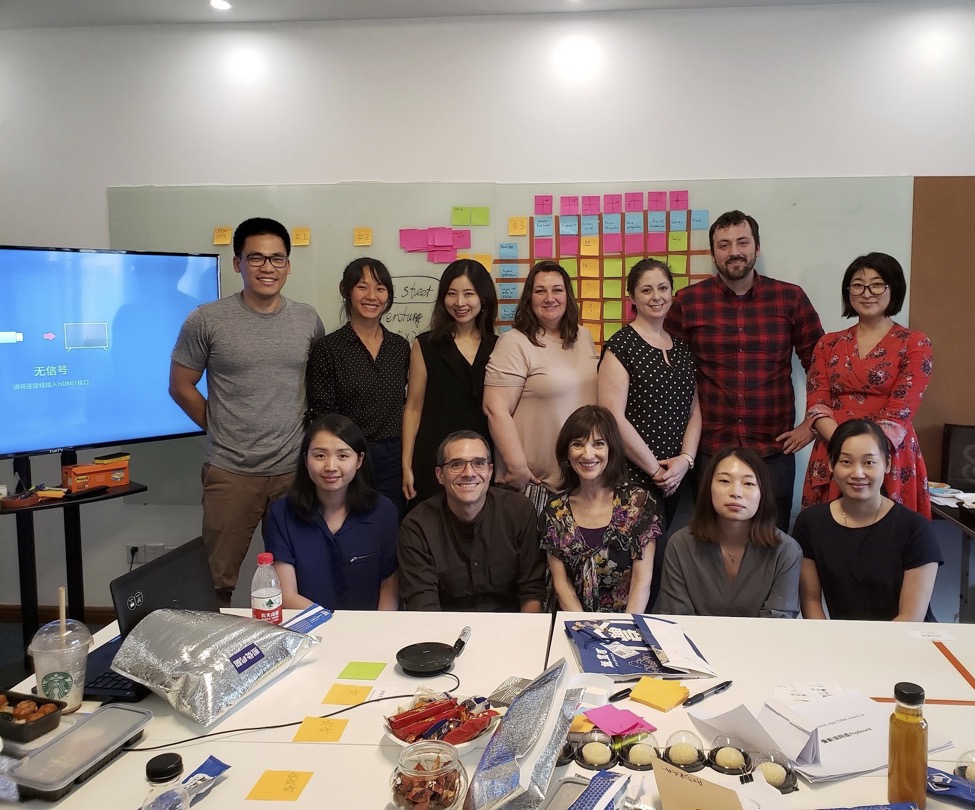Lip Service Kills Innovation. Here’s how to spot it and what to do about it.
It had been 18 months since we began the digital transformation initiative and the move to get everyone in the company onto the same page had gone swimmingly. The initial design stage yielded lots of nodding heads, followed by dozens of teams working through hundreds of milestones to reach the big announcement: the shift to one integrated system would roll out in two weeks.
The manufacturing company’s plants would be aligned with digital twins. The data from the system would coordinate with our customer information, allowing us to uncover unmet opportunities for new product development. We could do predictive analytics on plant maintenance in real-time. And, we’d have essential core data to guide future innovation.
The problem was when I walked into Dave’s office and peeked over his shoulder—a troubling red flag: lying out on the table behind him was a set of blueprints. Physical, paper, blueprints.
I realized that despite Dave’s head nodding, signed approvals for 100% digitalization, and workstream leadership over the past 18 months, the Plant Manager was not truly bought into the digital transformation.
It’s frustrating to realize that the culture of innovation requires more than a great strategy with nodding heads.
It’s hard to spot resistance as it’s happening.
It’s even harder to get to the bottom of why innovation gets stuck.
But until we tackle the underlying reasons preventing us from getting full buy-in and institute a Committed Culture of Innovation, we risk the unfortunate consequences of orphaned initiatives, lip service transformation, or important customer or ecosystem needs that we never address.
The coda to the story is that once I had the Blueprint Moment, Dave and I had a deep conversation about why he’d kept the blueprints. It turned out he didn’t trust that the digital system would be sufficient to prevent plant emergencies. In the enthusiasm of the innovation team’s race toward the new, he didn’t believe the safety of the existing plants would be monitored to his satisfaction.
Yes, it took a few months to fix it.
Yes, we missed our short-term rollout deadline.
But in the end, Dave’s full commitment brought long-term support for the digital transformation. We had a ritual burning of the blueprints once we completed his punch list of concerns.
He became a true advocate for the transformation and led the phase two data analytics team.
Acknowledgment of colleagues Jim Euchner, Christian Crews and Rajiv Narvekar.
ToolBox
HOW TO GUARD AGAINST LIP SERVICE AND ELIMINATE ORPHANED PROJECTS
Here are the four steps that will help you guard against Lip Service Innovation:
🔷 OBSERVE. Your instincts will tell you that there’s something wrong. People aren’t showing up to meetings. Leaders are given responsibilities that compete with their participation in the new initiative. What do you see that’s standing in the way of new projects.
🔷 ASK “WHY” TO GET TO THE BELIEF. Too often innovation becomes a nice-to-have within the context of competing priorities. In Dave’s case, his belief was: Digital Transformation Will Put Our Manufacturing At Risk. Until you know what’s preventing buy-in, it’s fruitless to start trying to get people on board.
🔷 INTERVENE. Once the paper blueprints appeared on the scene, it was critical to call it out. The short term pain of delaying a platform rollout was a small sacrifice en route to a longer term true commitment. Where might you have to call an audible right now to get your innovation back on track?
🔷 REINFORCE. The biggest value from the Blueprint Moment was how to prevent it from happening again. We realized that Dave’s team needed a structured way to weigh in to the innovation workstream. We made a new rule: Engineer more diversity of talents (manufacturing, compliance, R&D) into the teams for future initiatives. Which elements of innovation culture do you need to build into your organization’s reporting, planning, and execution workstreams?








